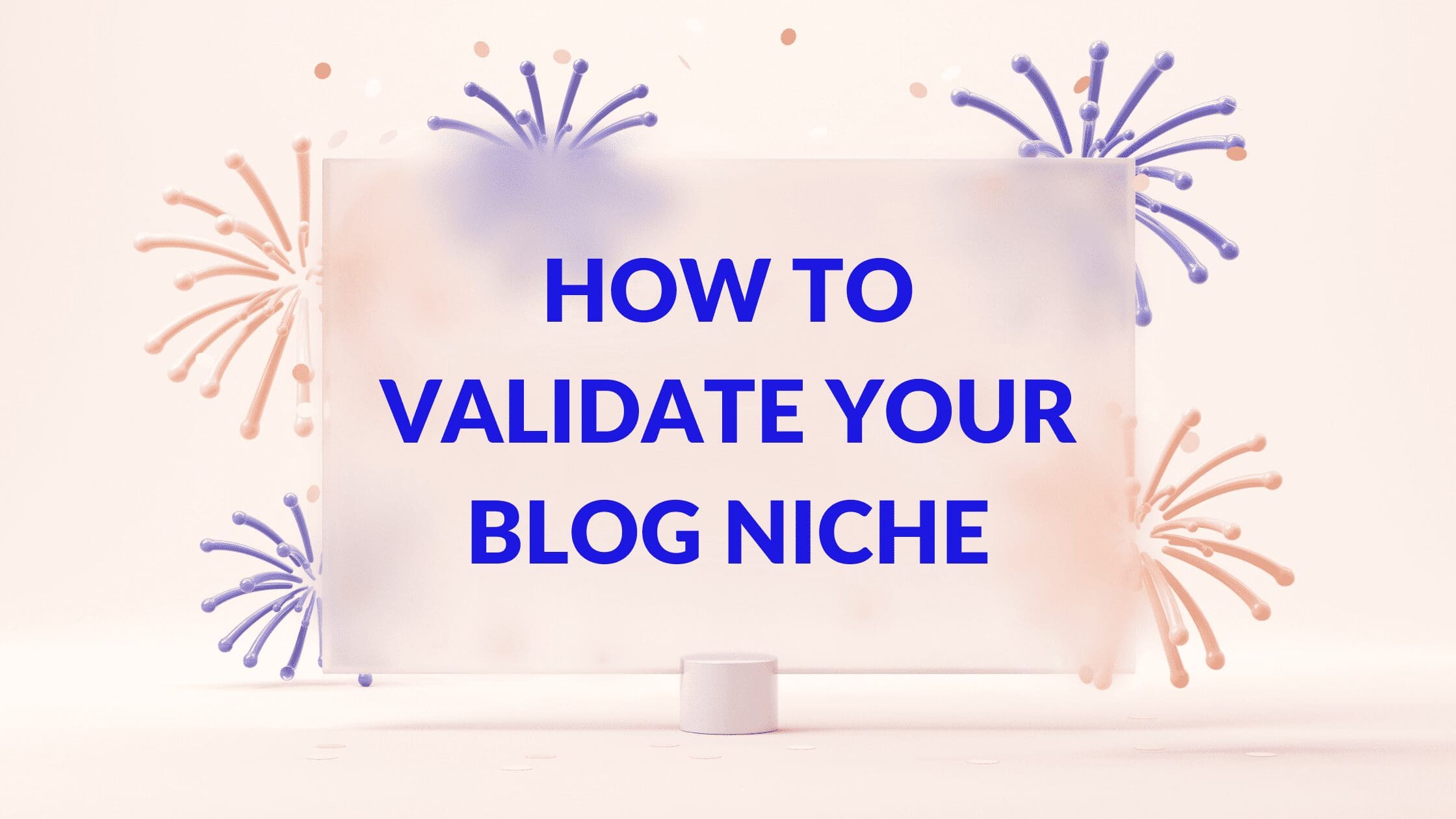What is a Blog Topic Cluster?

Written by Casey Botticello
Disclosure: Some of the links below are affiliate links, meaning that at no additional cost to you, I will receive a commission if you click through and make a purchase. Read our full affiliate disclosure here.
If you’re new to the world of blogging, you may have heard the term “blog topic cluster” thrown around. But what exactly is a blog topic cluster? Simply put, it’s a group of interlinked web pages that revolve around a central topic.
The idea behind a blog topic cluster is to provide readers with a comprehensive overview of a particular subject, while also offering multiple internal linking opportunities to keep them engaged on your site.
In other words, a blog topic cluster is a way of organizing your content so that it’s easy for readers to find what they’re looking for. Instead of having a bunch of unrelated blog posts on your site, you can create a series of interconnected articles that provide a more in-depth look at a particular topic.
By doing so, you can establish yourself as an authority on the subject and keep readers engaged with your content for longer periods of time.
Blog Topic Cluster Definition

A blog topic cluster is a content marketing strategy that involves creating a group of related blog posts centered around a single topic. The strategy is based on the idea that search engines prefer to show comprehensive and authoritative content to users.
By creating a cluster of blog posts that cover a topic in-depth, you can signal to search engines that your website is a valuable resource for that topic.
Blog Topic Cluster
A blog topic cluster is made up of three main elements: pillar content, cluster content, and hyperlinks.
The pillar content is a comprehensive and authoritative blog post that covers the main topic in-depth.
The cluster content consists of several blog posts that cover subtopics related to the main topic.
Each of the cluster content posts should link back to the pillar content post and link to each other. This internal linking structure helps to signal to search engines that the content is comprehensive and authoritative.
Blog topic clusters are a great way to organize your content and make it easier for users to find the information they are looking for. By grouping related blog posts together, you can create a more cohesive and comprehensive resource for your readers.
Additionally, blog topic clusters can help to improve your website’s search engine rankings by signaling to search engines that your website is a valuable resource for a particular topic.
Importance of Topic Clusters in Blogging

Creating a blog topic cluster is an essential strategy for any content marketer. It helps to organize your content in a way that is both user-friendly and search engine-friendly. Let’s explore the importance of blog topic clusters in more detail.
SEO Benefits
One of the primary reasons to create a blog topic cluster is the SEO benefits. Search engines are always looking for high-quality content that is relevant to a particular topic. By creating a cluster of related content, you can signal to search engines that your website is an authority on that topic. This can lead to higher rankings, more traffic, and ultimately more leads and sales.
Improved User Experience
Another critical benefit of blog topic clusters is that they improve the user experience. When visitors come to your website, they want to find the information they’re looking for quickly and easily. By organizing your content into clusters, you make it easier for users to navigate your site and find what they’re looking for. This can lead to longer time on site, lower bounce rates, and ultimately more conversions.
How to Create a Blog Topic Cluster

To create a successful blog topic cluster, you need to start by identifying topics that are relevant to your audience. Once you have identified these topics, you can create pillar content that covers the broad topic and then create cluster content that covers related subtopics.
1. Identifying Topics
To identify topics that are relevant to your audience, start by researching keywords that are related to your niche. You can use tools like Google Keyword Planner or SEMrush to find keywords that have high search volume and low competition.
Once you have a list of keywords, you can use them to brainstorm topics that are related to your niche. For example, if you run a food blog, you might use the keyword “healthy recipes” to come up with topics like “healthy breakfast recipes,” “healthy dinner recipes,” and “healthy snack recipes.”
2. Creating Pillar Content
Pillar content is the main piece of content that covers the broad topic. It should be comprehensive and provide an overview of the topic. You can use tables, bullet points, bold text, and other formatting to make the content easier to read and understand.
When creating pillar content, make sure to include internal links to related cluster content. This will help search engines understand the relationship between the different pieces of content and improve your site’s SEO.
3. Creating Cluster Content
Cluster content is the subtopics that are related to the broad topic covered in the pillar content. Each piece of cluster content should cover a specific subtopic in depth and include internal links to related cluster content and the pillar content.
When creating cluster content, make sure to use the same formatting as the pillar content to maintain consistency across the site. You should also include internal links to other cluster content and the pillar content to help search engines understand the relationship between the different pieces of content.
By creating a blog topic cluster, you can improve your site’s SEO and provide your audience with valuable content that is easy to navigate.
How to Measure the Success of a Content Cluster

To ensure the success of a blog topic cluster strategy, it’s important to track the right metrics and make adjustments as necessary.
Metrics to Track
Some key metrics to track include:
- Organic traffic to the pillar page and cluster pages
- Time spent on site and bounce rate
- Conversion rates on the pillar page and cluster pages
- Backlinks to the pillar page and cluster pages
- Social shares and engagement on the pillar page and cluster pages
By tracking these metrics, you can determine what’s working and what’s not, and adjust your strategy accordingly.
Adjusting Strategies
If you find that certain cluster pages are not performing as well as others, you may need to adjust your strategy. This could involve:
- Updating the content on the cluster page to make it more engaging or informative
- Improving the internal linking structure to boost visibility and authority
- Revising the keyword strategy to target more relevant or high-volume keywords
- Promoting the cluster page through social media or other channels to increase visibility
By making these adjustments, you can improve the overall performance of your blog topic cluster strategy and ensure that it continues to drive traffic, engagement, and conversions over time.
Examples of Blog Content Clusters

Content clusters are a strategic approach to organizing and linking related content on your blog or website.
Here are a few examples of content clusters that a blogger who covers cars might use to organize their content:
1. Pillar: “Car Buying Guide”
-
- Cluster Content:
- “The Best Times to Buy a Car”
- “New Car vs. Used Car: What to Consider”
- “How to Negotiate Car Prices”
- “Understanding Car Financing”
- “Top 10 Car Models for First-Time Buyers”
- Cluster Content:
2. Pillar: “Classic Car Restoration”
-
- Cluster Content:
- “The Process of Classic Car Restoration”
- “Finding and Purchasing the Right Classic Car”
- “Classic Car Parts: Where to Find and How to Choose”
- “The Cost of Restoring a Classic Car”
- “Safety Upgrades for Classic Cars”
- Cluster Content:
3. Pillar: “Sustainable Driving Practices”
-
- Cluster Content:
- “The Impact of Car Emissions on the Environment”
- “How to Reduce Your Carbon Footprint as a Driver”
- “Hybrid vs Electric Vehicles: Which is More Eco-friendly?”
- “Top 10 Fuel-Efficient Cars of 2023”
- “Sustainable Car Maintenance: How to Be an Eco-friendly Car Owner”
- Cluster Content:
In each of these examples, the pillar page provides an overview of the topic, and each cluster content delves deeper into specific aspects of the broad topic, all the while linking back to the pillar page. This enhances the overall structure and visibility of your blog, and it can significantly boost your SEO performance.
Final Thoughts
A blog topic cluster is a content marketing strategy that involves creating a group of related blog posts centered around a single topic. The strategy is based on the idea that search engines prefer to show comprehensive and authoritative content to users.
While bloggers do not need to stick to any specific article structure to find success in their writing, generally sticking to a blog topic cluster model is useful because it allows you to signal to search engines and readers that your website is a valuable resource for that topic.



